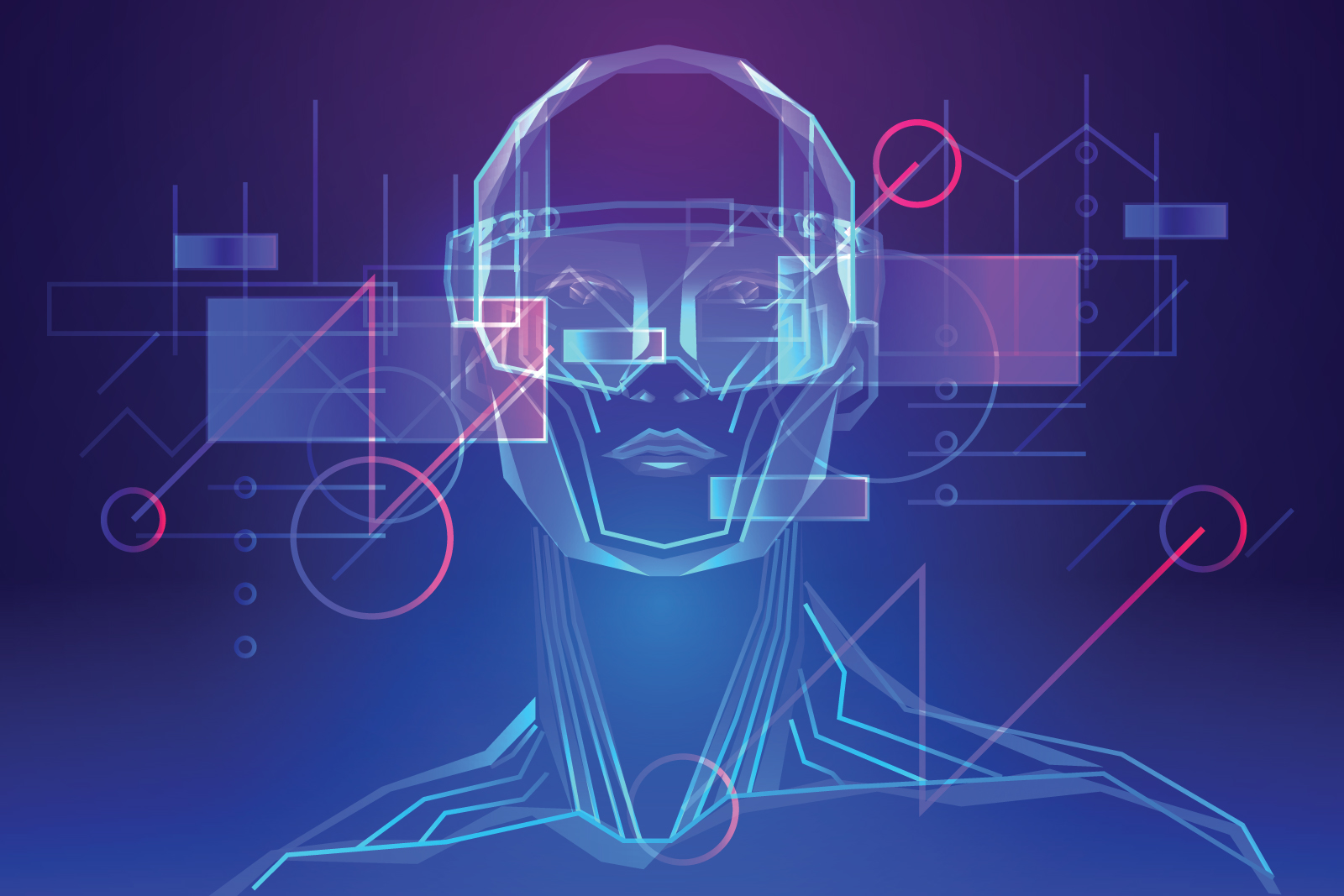Realistic Avatar Technology The evolution of technology has perpetually pushed the boundaries of what we thought possible. Among the most captivating advancements is the realm of Realistic Avatar Technology, where the lines between the digital and the physical blur, giving rise to immersive, lifelike avatars that have the potential to transform how we connect, communicate, and even exist in the digital realm.
The Dawn of Realistic Avatars
Realistic avatars are not a novelty, but recent developments have elevated them to unprecedented heights. These digital alter egos are meticulously designed to mimic real humans, not just in appearance but in motion, behavior, and interaction. The convergence of artificial intelligence (AI), machine learning, and computer graphics has catalyzed this transformation, resulting in avatars that are remarkably lifelike.
Technological Components at Play
1. Advanced Facial Recognition
Realistic Avatar Technology relies heavily on facial recognition algorithms that meticulously analyze and replicate human facial features. This extends beyond surface-level aesthetics, delving into the intricacies of facial expressions, micro-expressions, and even eye movements.
2. Motion Capture
Motion capture technology has evolved substantially, enabling avatars to replicate human movements with uncanny precision. From the subtle sway of a hand to the way our bodies adjust posture during a conversation, avatars now mirror these actions in real-time.
3. Machine Learning and AI
The backbone of these avatars is the ability to learn and adapt. Machine learning and AI algorithms continuously refine avatar behavior, making them more responsive to context and user interactions. The more you engage with them, the more they evolve to suit your preferences.
4. Voice Synthesis
While visual realism is a cornerstone, voice synthesis is equally crucial. Realistic Avatar Technology incorporates advanced speech synthesis to produce voices that are indistinguishable from human speech, complete with tone, inflection, and emotional nuances.
Applications of Realistic Avatar Technology
The potential applications of Realistic Avatar Technology span an array of industries, each capitalizing on the immersive nature of these digital entities.
1. Virtual Assistants and Customer Service
Imagine a customer service experience where you interact with an avatar that not only understands your queries but also responds with empathy, just like a human agent.
2. Entertainment and Gaming
In the world of entertainment, realistic avatars enhance storytelling by allowing users to immerse themselves in virtual worlds, interact with characters, and shape narratives.
3. Healthcare and Therapy
Realistic avatars have found their place in healthcare, offering therapeutic support, assisting patients in rehabilitation exercises, and even providing companionship for the elderly.
4. Education and Training
In education, avatars can serve as interactive tutors, offering personalized guidance and adapting to the learning pace and style of individual students.
5. Social Interaction and Communication
Perhaps the most profound application is in social interaction. Realistic Avatar Technology could revolutionize video conferencing, social media, and online dating by making digital interactions as authentic as face-to-face encounters.
Challenges and Ethical Considerations
While the potential of realistic avatars is astounding, it is not without its challenges. The creation of hyper-realistic avatars raises ethical concerns regarding privacy, identity, and deception. There’s also the risk of misuse, with avatars potentially being used for fraudulent purposes or deepfake scenarios.
The Road Ahead
The journey of Realistic Avatar Technology is just beginning. As technology continues to evolve, we can expect even more convincing avatars that seamlessly blend with our digital experiences. The line between reality and simulation is growing thinner, and these avatars are poised to redefine how we perceive, interact with, and navigate the digital realm.
In the end, Realistic Avatar Technology isn’t just about replicating the physical; it’s about enriching the emotional and social aspects of our digital lives. The avatars of tomorrow could become our trusted companions, our educators, our therapists, and our allies in the virtual world. As we stand on the cusp of this transformative technology, the possibilities are limited only by our imagination and the ethical guidelines we choose to uphold.
A New Horizon of Digital Realism
The emergence of Realistic Avatar Technology heralds a remarkable era in the digital realm, where the virtual and the real converge like never before. These avatars, painstakingly crafted to mirror human appearance, behavior, and interaction, are rewriting the rules of how we engage with technology, each other, and our own digital identities.
This transformative technology is the culmination of cutting-edge advancements in facial recognition, motion capture, machine learning, and AI. It’s a symphony of algorithms and data, meticulously composed to produce avatars that not only look like us but act like us in the most intricate ways.
The applications of Realistic Avatar Technology are vast and diverse. From revolutionizing customer service and entertainment to enhancing healthcare, education, and social interaction, these avatars are poised to redefine entire industries. They offer not just a lifelike appearance but also a profound depth of interaction, promising to make our digital experiences more immersive and authentic than ever before.
Yet, with great innovation comes great responsibility. Ethical considerations abound, from concerns about privacy and identity theft to the potential for misuse and deception. As we navigate this uncharted territory, it becomes imperative to establish robust ethical frameworks and guidelines that safeguard the integrity of digital interactions.
Conclusion
The road ahead is teeming with possibilities. The evolution of Realistic Avatar Technology will continue, pushing the boundaries of what we thought possible in the digital realm. These avatars may soon become our companions, guides, and even extensions of ourselves in the virtual world.
In this age of digital realism, the line between reality and simulation blurs. The avatars of today are but a glimpse into the potential of tomorrow. Where the digital landscape becomes an even more integral part of our lives. As we venture further into this brave new world, we must tread with a sense of wonder, responsibility, and curiosity, for the horizon of digital realism stretches endlessly before us, waiting to be explored, understood, and embraced.

